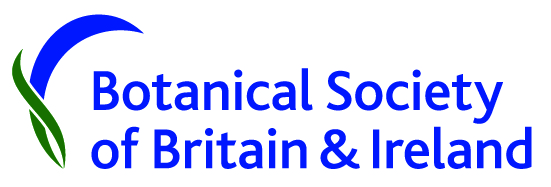Edward Morgan (c.1615-1689) and his botanical pupil Edward Lhwyd (c.1660-1709)
DOI:
https://doi.org/10.33928/bib.2023.05.276Keywords:
Westminster Physic Garden, Thomas Johnson, Bobart, John Ward, Robert Morison, Westminster Abbey MunimentsAbstract
Edward Morgan introduced Edward Lhwyd to field botany but this has never been recognised. Lhwyd attracts the highest praise as a botanist, antiquary and philologist. He is profoundly recognised. This paper seeks to redress this imbalance. Little is known about Morgan principally because he never ventured into print. He is thought to have trained as a gardener possibly with John Tradescant Snr. (c.1570-1638), Jacob Bobart the elder (c.1599-1680) and Robert Morison (1620-1683). Morgan knew the Tradescants, the Bobarts, Robert Morison, John Parkinson and others of the contemporary British botanical elite. He accompanied Thomas Johnson (1600- or 1604-1644) on his Snowdon herborizing[1] as interpreter when, at age about 20, Johnson described him as a “student of botany”. He knew William How (1620-1656), the anonymous author of Phytologia Botannica, 1650, and with him set up the Westminster Physic Garden (henceforth WPG) in 1650/51. It attracted many well-known botanists, for example, John Tradescant the elder & younger, Jacob Bobart the elder & younger, Robert Morison, Edward Lhwyd, Thomas Lawson, James Petiver, Leonard Plukenet, John Ray, Thomas Willisel, Sam Doody, William Coles, Sam Brewer etc. Evelyn and Pepys also visited. Morgan was a well-respected botanist and gardener for a long period in London. He left the WPG in 1678 to return to North Wales. He met Lhwyd and introduced him to, and tutored him in, field botany. Lhwyd was later to become a field botanist with the highest of reputations. Morgan was his major botanical influence in Lhwyd's early days as a field botanist.
An attempt is made to document what is known of Morgan's life and his achievements, bearing in mind that his circumstances were such that he left little behind. Morgan was probably more influential in the discovery of the Welsh flora than he is given credit. His skill as a botanist is gauged by the high respect shown to him by his botanical peers in his lifetime.
Downloads
Published
Issue
Section
License
Copyright (c) 2023 Frank Horsman

This work is licensed under a Creative Commons Attribution 4.0 International License.
Copyright and licence: Authors (or their employers) retain their copyright in articles and images published in British & Irish Botany and are not required to assign this to the Botanical Society of Britain & Ireland (BSBI). All that BSBI requires from authors is a license to publish the article in British & Irish Botany and make it freely available to all in pdf format under the terms of Creative Commons Attribution 4.0 International Public License, which also enables BSBI to reproduce components of the article in other BSBI outputs (eg. BSBI News, the BSBI website and/or the BSBI News & Views blog) for publicity purposes. The licence code can be accessed here:

